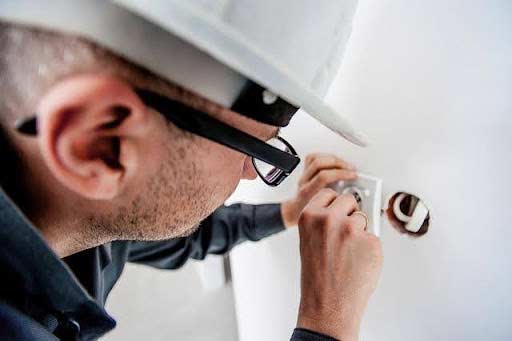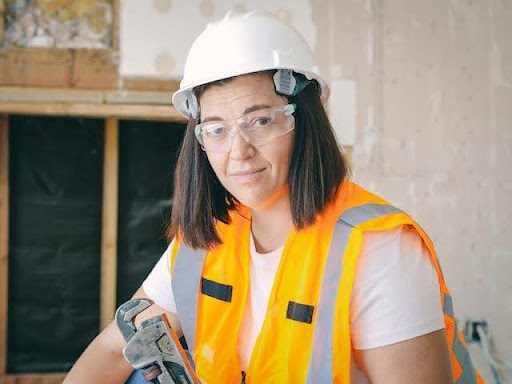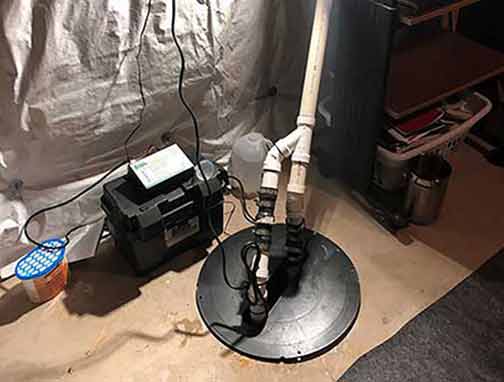
Having a sump pump in your home is one of the best ways to protect it from the ravages of basement flooding, recommends C&C Property Management. Sump pumps are the most recommended flood protection measures for homes that are prone to flooding because a sump pump operates itself.
A sump pump’s design allows it to power on and power off without the direct input of the homeowner. This facility makes it possible for homeowners to sleep in peace or travel for long periods without any fear that their homes will be damaged by a flood.
Yet the ability of the sump pump to reliably provide this protection depends on how well it is maintained. A sump pump performs to the level of the care it receives from its owner. Having a neglected sump pump in your home is like not having a sump pump at all.
That’s because several things can happen to deny your home the benefit of the sump pump. These events occur unexpectedly, and unless you are diligent in keeping an eye out for problems, you may not know when your sump pump stops working.
As a result, you will wake up or return home to find your basement flooded one day. The saddest part of this experience will be that the problem could easily have been avoided if you had taken a few precautionary measures.
The value of regular maintenance for your sump pump cannot be overstated. The small everyday steps you take to ensure the continued smooth operation of the sump pump system can save you the tens of thousands of dollars you would have spent on fixing water damage to your home.

How to maintain your sump pump
Regular inspection and cleaning
By the nature of their job, sump pumps are exposed to so much dirt and mud. Debris that makes its way into the sump pump will clog it and prevent its proper function. This dirt can also jam the movable parts inside the engine and damage the sump pump motor. Inspecting and cleaning your sump pump system are the first two steps in maintaining it:
- Clean the sump pump: To clean the sump pump, first unplug it to prevent electric shocks. Using a screwdriver, disconnect the attached pipe and drain any water inside the pump into a bucket. Lift the pump and set it on a waterproof sheet. Spray it down with water and use a scraping tool to remove any grime sticking to it. Reinstall the sump pump after you have done this.
- Clean the sump pit: If you clean the sump pump but don’t do the same for the sump pit, the dirt inside the sump basin will eventually find its way into the sump pump. The sump pit should be cleaned at least twice a year. To reduce the amount of mud and debris that enters the sump pit, you can install a tight cover over it.
- Clean the drain pipe: The drain pipe of your sump pump system is a common site for clogs and blockages. A clogged drain pipe will force the sump pump to overwork by preventing efficient water removal from the pit. Cleaning the drain pipe is a more involved process that may require the attention of a professional plumber. In addition to cleaning out the drain pipes, you want to make sure it is discharging in the right place.
Test your sump pump
Another critical aspect of proper sump pump maintenance is scheduled testing. The sump pump should be tested at specific periods of the year regularly. It ensures that you are not surprised by sump pump malfunctions. To test the sump pump, fill the pit with water until the motor activates. Listen for any strange noises from the pump, wait until the motor goes off, and check if the pit is emptied properly. Also, wait to see that the water does not flow back into the pit.

Install and maintain a battery backup system
If your main sump pump fails, a battery-powered backup system ensures your home is not exposed to the risk of basement flooding. If there is a power outage in your home, your main sump pump will not work. But a battery-powered system will. However, to get the full benefit of the backup system, it must be maintained in the same way as your main sump pump.
Finally, you should not overlook the importance of getting a professional to inspect, clean, and test your sump pump system at least once a year. A professional plumber has the tools and know-how to do a more in-depth assessment of the sump pump. They can find and solve problems that will help you avoid major costs and prevent a premature replacement of your sump pump.

